Content:
Many people know how a bumblebee looks, but not everyone has an idea about the insect's lifestyle. Due to its larger size than that of a bee or a wasp, as well as the loud buzzing sound, the bumblebee is feared, trying to bypass. Detailed information about the insect will allow you to treat it more loyal.
general information
Bumblebee is practically the same bee, but it is not cultivated in agriculture. The main habitat is wildlife (meadows, fields, forests, mountains), where there is an accumulation of flowering grasses.
The bumblebee is a social insect and is subordinated to the life of the genus, which has its own hierarchy: the uterus, working females and male fertilizers. There is also a division among workers. Some equip the nests, others protect them. There are females responsible for collecting food and those who feed the larvae.
The bumblebee family is not as numerous as the bee family, but one nest can accommodate from 100 to 500 individuals. Despite the large number of working females, they do not know how to settle down - their houses do not look as neat as those of bee relatives.
The honey produced by shaggy arthropods is not suitable for food - it has an unpleasant taste. And not so much of this product is produced, exclusively for their own consumption. Therefore, ordinary people sometimes have a question about the expediency of the existence of these insects.
To understand how useful bee relatives are, you need to find out what the bumblebee does in nature. Scientists have already proven that these insects are the best pollinators of plants, compared to the inhabitants of apiaries. Knowing this feature, farmers try to attract bumblebees to their land. In addition, the presence of insects in the region is a sign of good environmental friendliness.
Bumblebee structure
Despite the fact that this insect is the closest relative of the bee, the structure of the bumblebee has its own characteristic features. This is a rather large, thick insect - working individuals reach 0.04-0.6 g, while the uterus itself weighs about 0.85 g.
Structural features
| Part of the body | Description |
|---|---|
| Torso | Shaggy, which makes bumblebees cold-resistant. Most often there are striped representatives of the species (with yellow, orange, white, sometimes red blotches), but you can also find completely black bumblebees |
| Mandible | An organ important for an insect. They are quite powerful, with these jaws the bumblebee easily gnaws through the fibers of plants. The organ also has another purpose - with their help, cells are formed. The insect is protected by mandibles in case of danger |
| Proboscis | Serves for collecting nectar and, depending on the type, has a length of 7-19 mm |
| Eyes | Black, smooth, not covered with villi. Arranged strictly in a straight line |
| Antennae | Placed between the eyes and in two pieces to allow them to bend |
| Paws | Arthropods, bumblebee have 6 of them |
| Wings | Transparent, small, consist of 2 halves, moving synchronously |
The table provides a general description of insects.There are also sexual characteristics, which will be discussed below.
According to the above characteristics, you can already have an idea of who the bumblebee is, what it looks like. In nature, there are varieties of arthropods with the same name.
Bumblebee species
| Name | Description |
|---|---|
| Lugovoi | It is found everywhere, you can recognize it by its dark head and bright yellow collar. They prefer to live on bushes and near the surface of the earth |
| Urban | In Russia, it lives from the western borders to Sakhalin. It stands out with a red breast, a white tip and a black band on the abdomen |
| Steppe | It belongs to rare species, it is listed in the Red Book. It can be recognized by the grayish-yellow color and the black band between the wings. Likes to settle in the foothills, on the plains, occupying the burrows of rodents |
| Forest | A small representative of this family, with the characteristic external features described above. If it does not settle in burrows, then the nest is built from moss and grass on the surface of the earth |
| Garden | The breast is yellow, with a deep black stripe between the wings. It can be distinguished from other species by its excessively long proboscis. Lives exclusively underground |
There are also in nature earth and underground bumblebees, mossy, Armenian. Despite the differences in appearance, their lifestyle, habits and reproduction are identical.
How bumblebees breed
A new family starts every spring. The overwintered queen flies out of the shelter, finds a suitable place for nesting and makes a clutch there. As a rule, these are 8-16 oval elongated eggs, hatching on the 6th day. The larva develops rapidly and turns into a pupa in the second decade.
A month after laying, the first adults appear. All this time, the uterus was actively engaged in collecting nectar in order to feed her children. Now it was their turn to take care of the food. Young females take on other responsibilities as well.
Male individuals, 3-5 days after maturation, leave the nest in search of a new queen to mate with.
Life span
Having found out how bumblebees breed, the question of how long they live should be raised. In the spring brood, a new uterus may be born, the age of which ends in spring, with the last clutch. The life expectancy of a “queen” born in autumn sometimes reaches a year.
All other individuals have short eyelids in the swarm. Males, having reached sexual maturity, complete their fertilization mission within a month and die a few days after mating. Working females die even earlier - 2 weeks after transformation into adults, until the next generation comes to replace them.
What bumblebees eat
Many are interested in what bumblebees eat. Adults feed on pollen and collect nectar. These gifts of nature are brought by insects to the house, where honey is made of them to feed the head of the family and the larvae.
How bumblebee collects pollen
In the bumblebee family, responsibilities are strictly assigned. There is a detachment of scouts in the nest, who are the first (right after sunrise) to fly out in search of food. Having received information about the direction and distance where to go, the flying females gather on the road.
Bumblebees work until the evening, having managed to make several calls a day. If they collect nectar with proboscis, then the pollen itself sticks to the legs and abdomen, getting into the nest in this way.
What the bumblebees eat is very important to them. If there is no source of pollen within a radius of 3.5 km, insects may die.
How a bumblebee flies, flight speed
Looking at the size of the wings and body of this insect, many scientists are still confused how a bumblebee flies, because the proportions do not obey aerodynamics. Nevertheless, animals manage not only to fly, but also to do it quickly enough. The flight speed of the bumblebee is 4 m / s.
The whole secret lies in the fact that insects do not just flap their wings, but also rotate them (like helicopters), producing 300-400 movements per second.
The process of working of the wings can be represented as follows:
- the upper part describes a thin oval at a large angle;
- the wing flips over:
- when there is an upward movement, part of the wing is directed downward;
- when lowering the wing, a reverse flip occurs.
If we consider the flight of a bumblebee, taking into account the laws of physics, then the whole mechanism is represented by 3 components:
- delayed disruption of the air flow;
- capture of a passing jet;
- circular rotational movements.
It would be difficult for a bumblebee to control the flight if the abdominal muscles were not involved in the process, which sometimes contract, then relax.
The difference between a bumblebee and a hornet, who is stronger
In the family of bees there are other representatives of striped individuals. People sometimes confuse them, considering, for example, that a hornet and a bumblebee are one and the same. Although they even have an external difference.
2 representatives of the family differ in their disposition. Bumblebees are peaceful creatures and attack only as a last resort. Hornets are aggressive and don't even need a reason to sting. In this case, the bite is painful and much more poisonous than that of a bumblebee.
Hornets, like wasps, do not produce honey, but actively attack the hives. At the same time, they do not hesitate to feast on the bees themselves, biting off their heads. The aggressors also feed on other insects, they can attack even small animals.
Hornets try not to act against bumblebees, knowing that they will receive a worthy rebuff. Although shaggy insects are inferior in strength to pests.
Bumblebee uterus
In the bumblebee family, unlike the bee, it is difficult to immediately identify the queen. This is one of the worker bees that has gone through all social stages after maturation. The female bumblebee becomes a uterus by the end of the season, when the body is slightly modified and enlarged.
After autumn mating, fetal eggs are formed inside the female. With them, the bumblebee uterus goes to the winter house, and makes the clutch with the onset of spring heat.
Unlike the queen bee, the shaggy queen has special baskets on its legs for collecting pollen, and she, along with the working bumblebees, makes forays for food.
You can also distinguish the uterus by the sting located at the back of the abdomen. In the hostess of the nesting site, this organ is well expressed, in young females it is underdeveloped.
How to tell a female bumblebee from a male
Having studied the peculiarities of the life of bumblebees, it is recommended to learn how to distinguish between them by sex. After all, it is the female who can cause more problems - she stings, she injects a poisonous substance into the wound.
The main differences are:
- instead of a sting, nature has endowed the male with reproductive genitals;
- females are larger than males: their length is 13-28 mm (in a male, growth is 7-24 mm);
- in females the head is slightly elongated, in males it is triangular and decorated with a thin dotted line on the front and parietal parts;
- the antennae of fertilizers are long, and of working bumblebees they are barely noticeable.
The rest of the male is not much different from the female. He even participates in collecting nectar and building honeycombs until he ripens to his main purpose.
Having learned all about bumblebees, having found out what is the difference between representatives of bees, it is easier to navigate in the surrounding nature. Thanks to the information received, the inhabitants will understand how useful these insects are and will not destroy their nests.
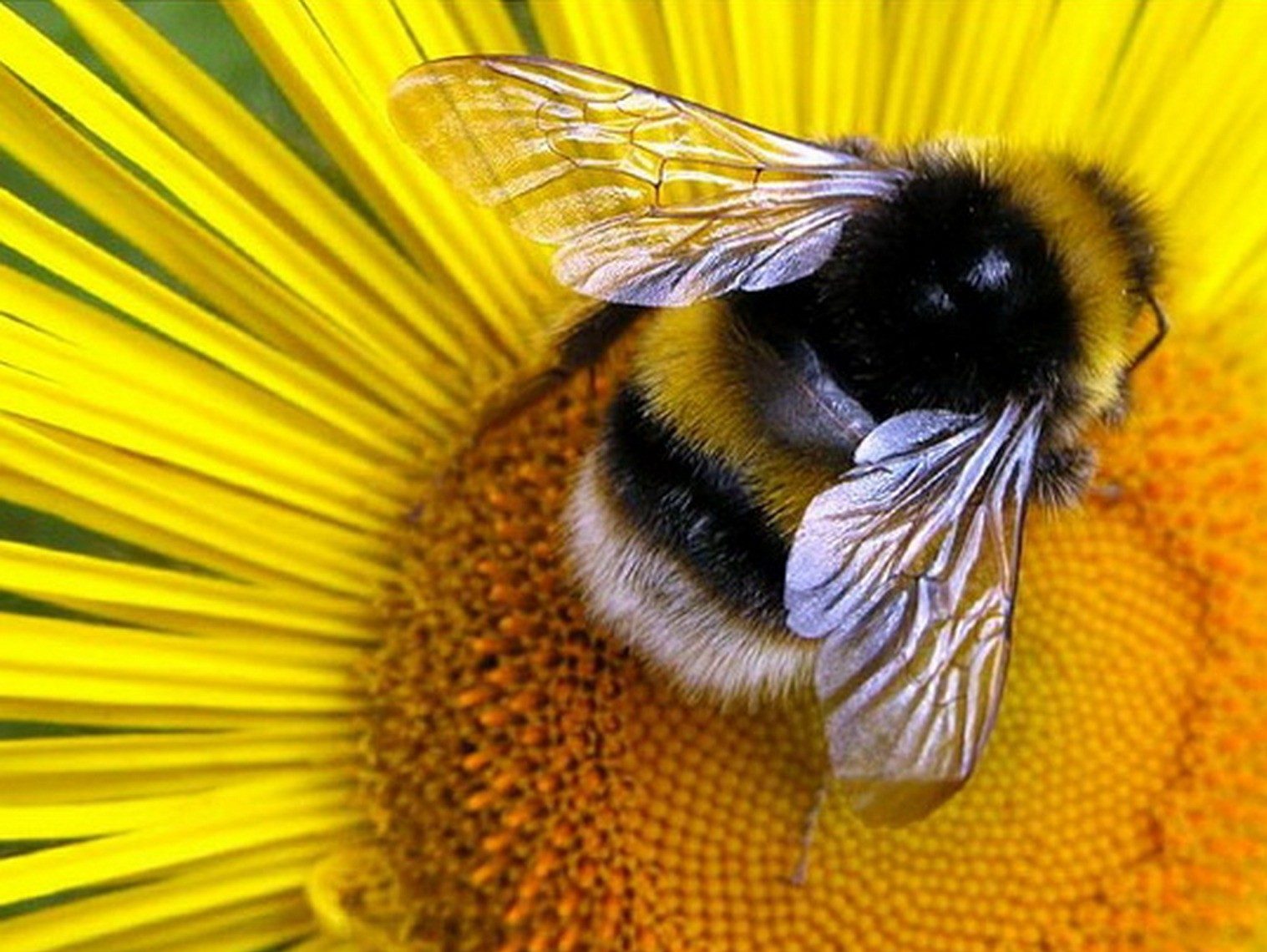

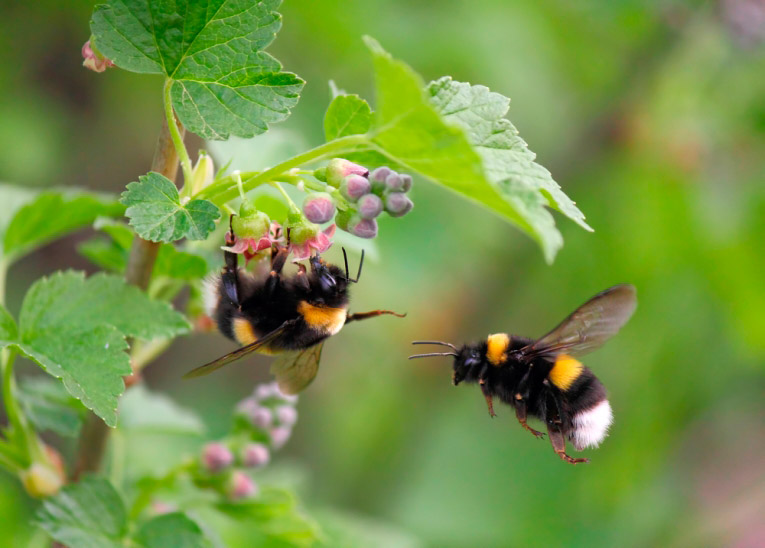
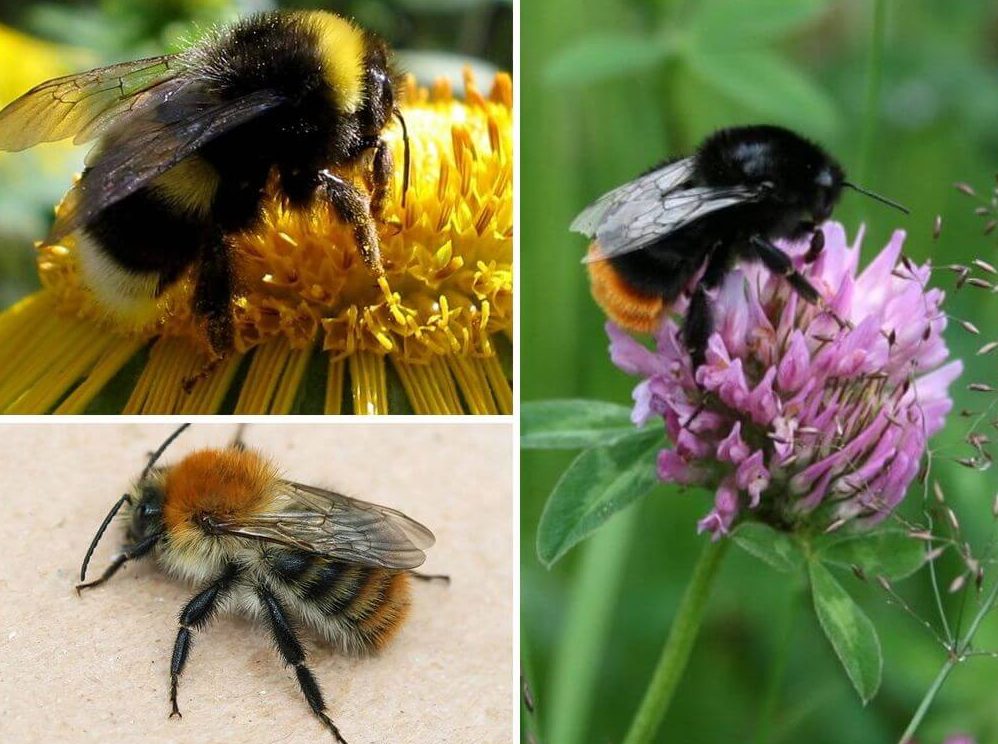
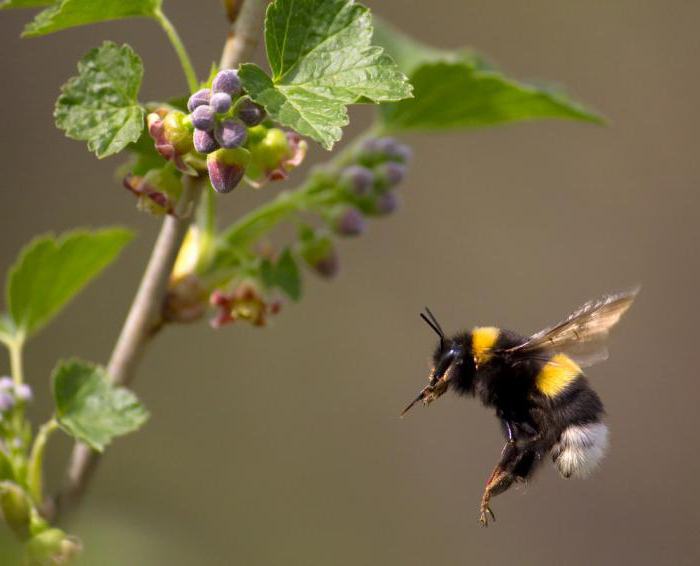
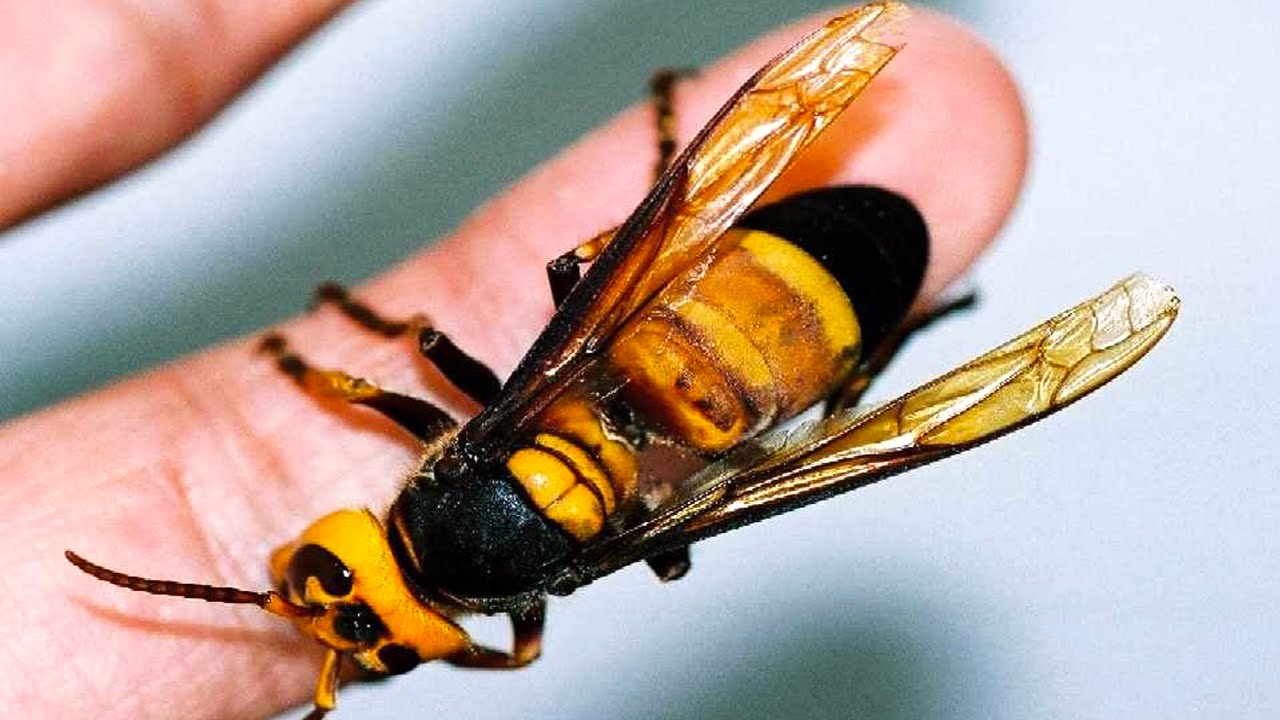
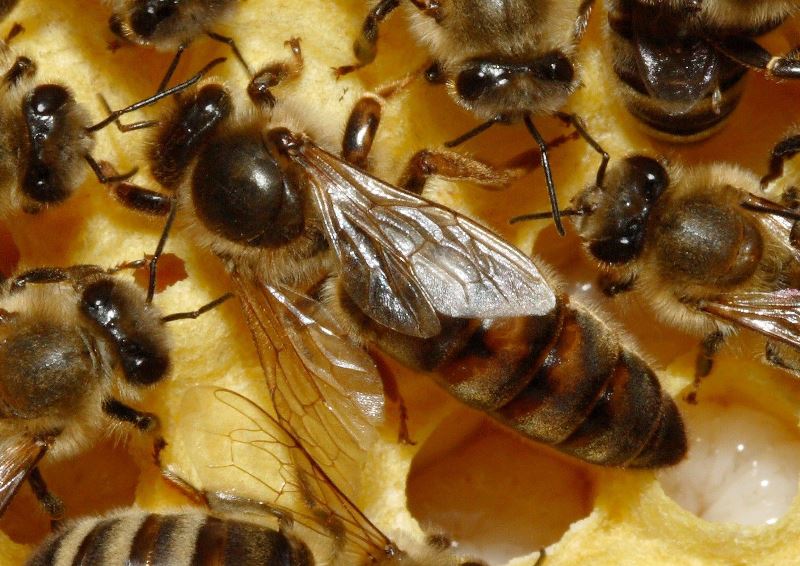
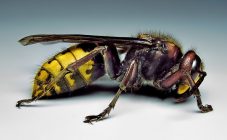
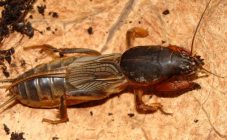
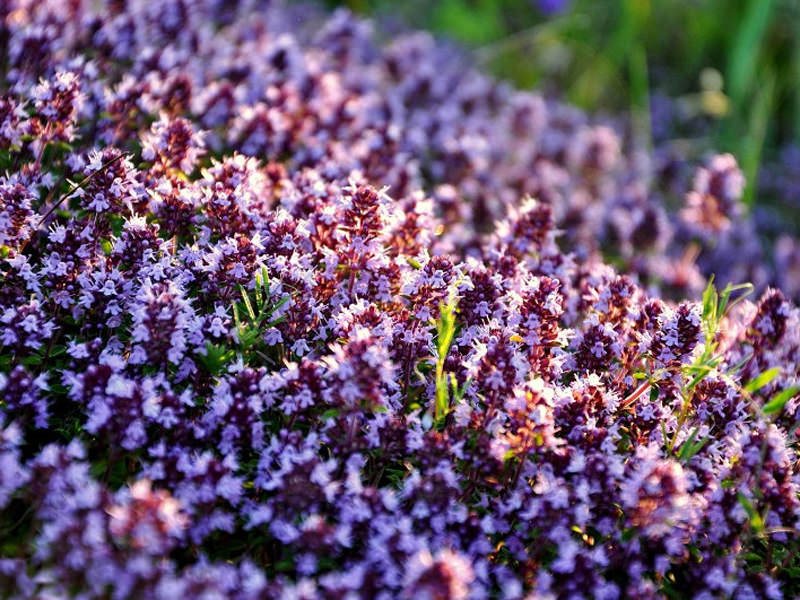
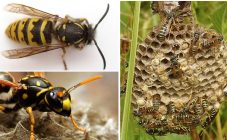

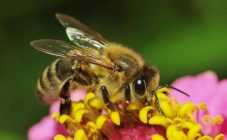







How long has this queen bee become a bumblebee? You at least have chosen the right photo for the article!